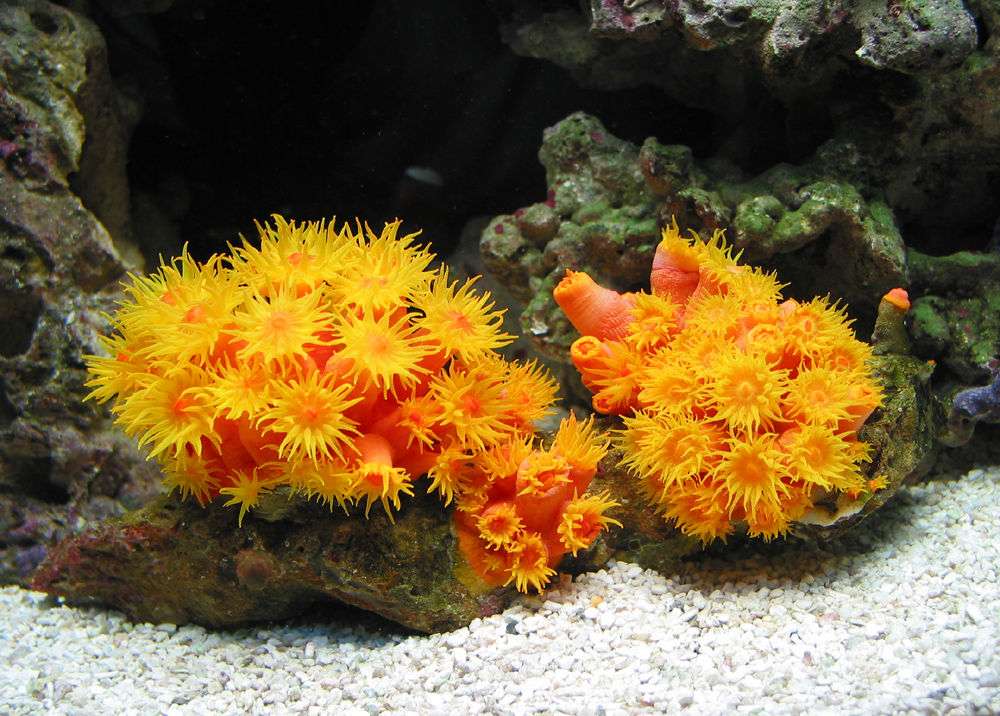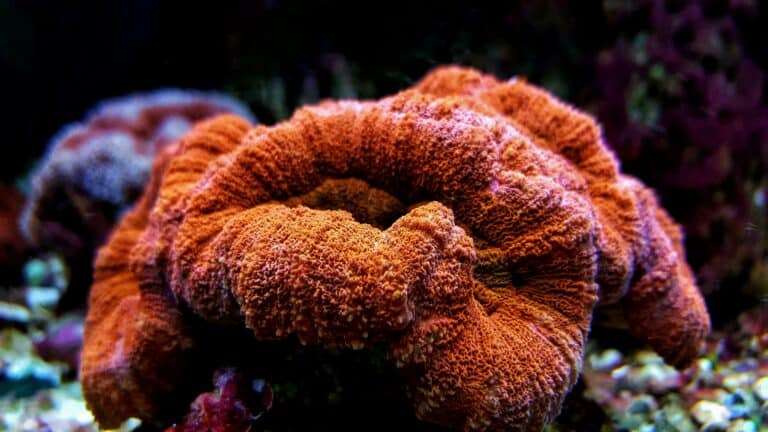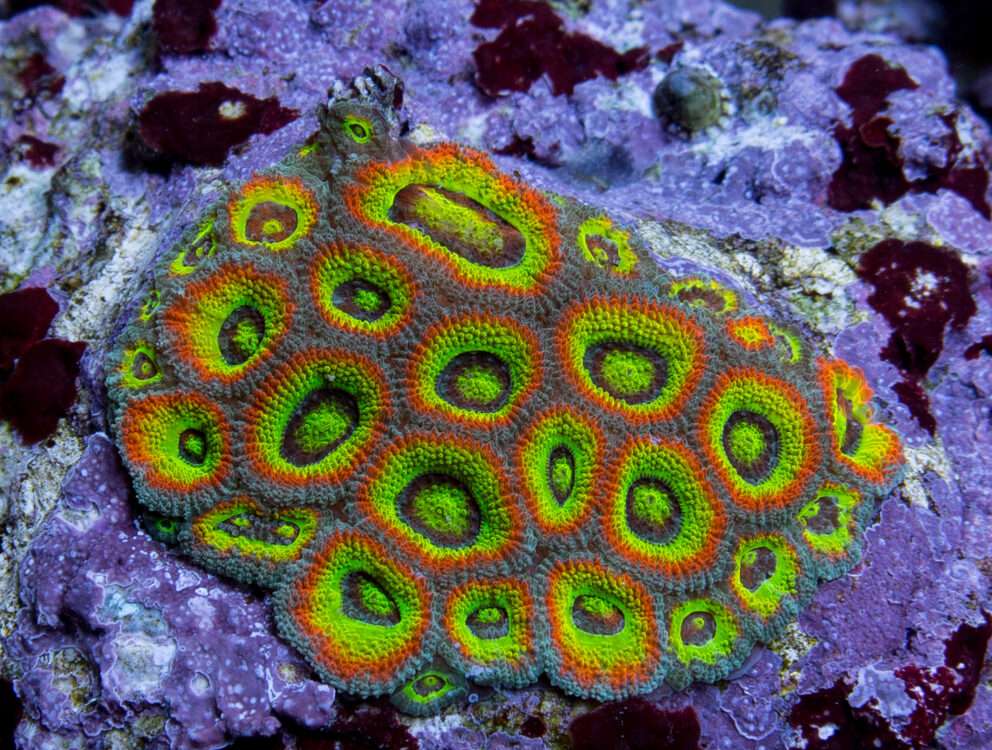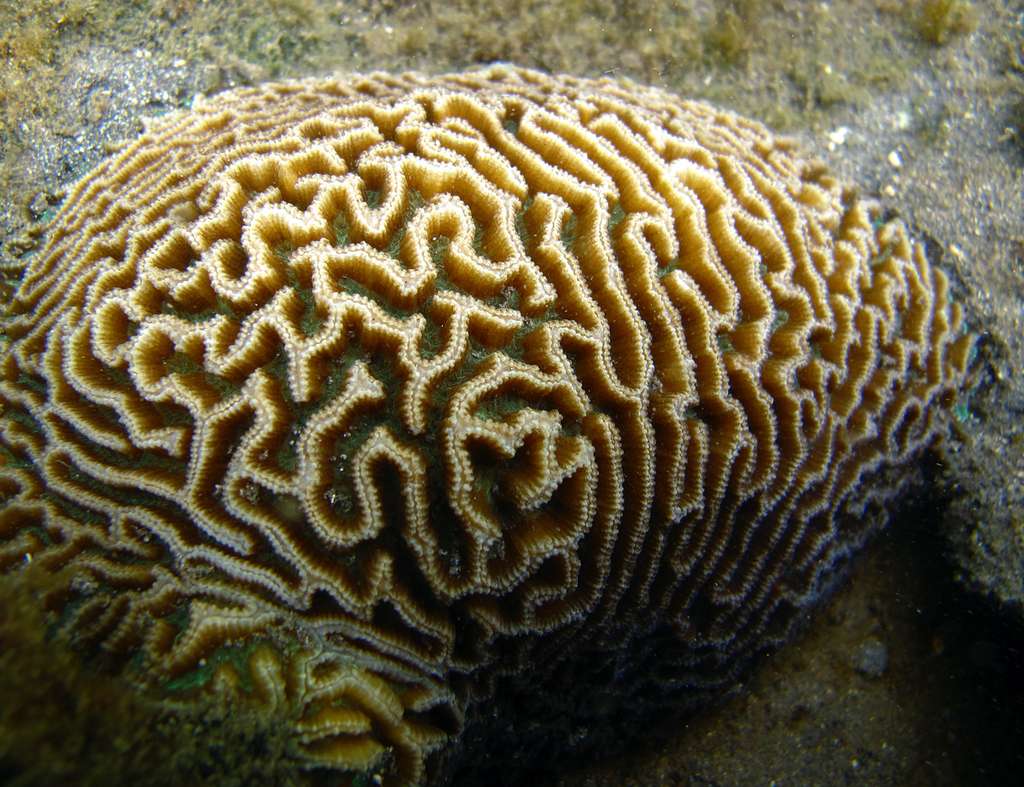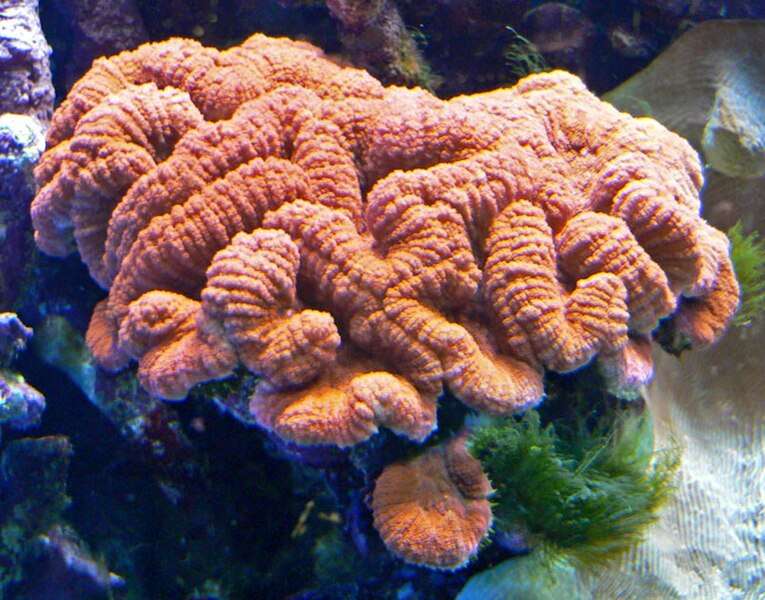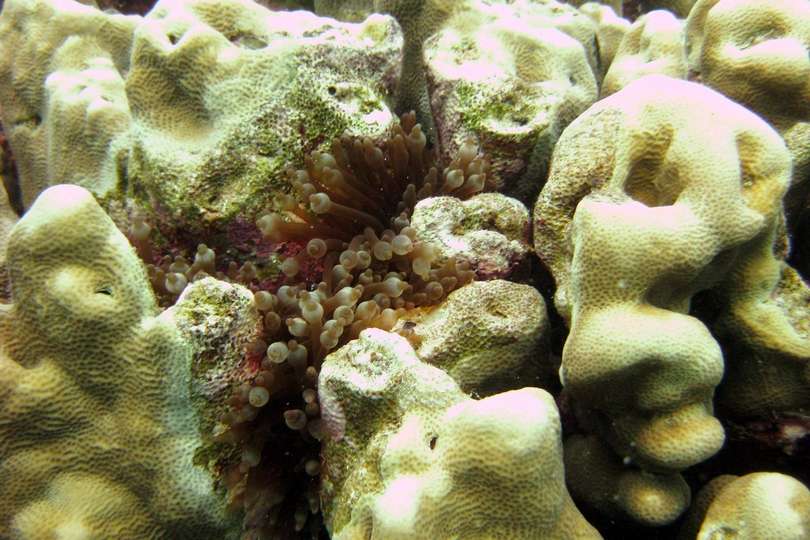Pineapple Coral
One of the two popular Blastomussa corals is the stunning Pineapple Coral, or Blastomussa merleti. The other is its member, the Blasto Coral Blastomussa wellsi, which is much more vibrant. However, of the two, B. merleti is regarded as being the simpler to maintain. The Pineapple Coral is the only species in the world with […]






